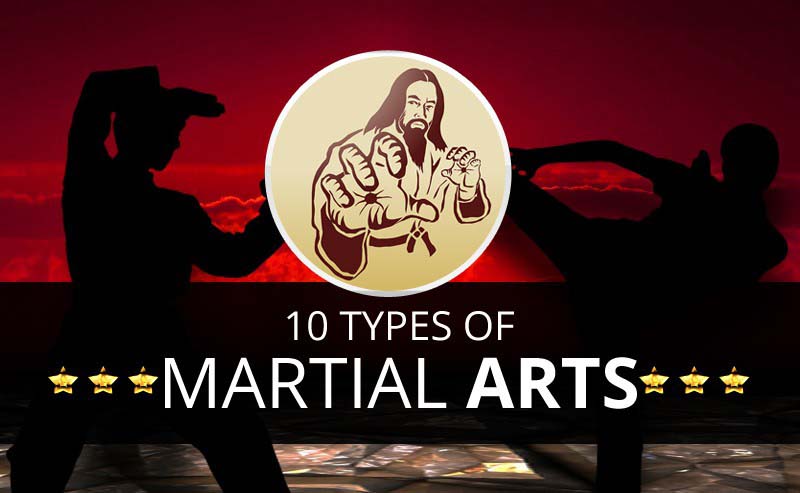Discover The Intriguing World Of Martial Arts, Where Age-Old Customs Mix With Contemporary Effectiveness
Discover The Intriguing World Of Martial Arts, Where Age-Old Customs Mix With Contemporary Effectiveness
Blog Article
simply click the next web page Create By-McGrath Patterson
Enter the ancient world where martial arts were substantiated of necessity in varied regions. Cultures crafted distinct battling designs intertwined with historical contexts. Strategies advanced over centuries through dedicated method and social exchanges. Today, modern martial arts mix conventional aspects for optimal performance. Philosophically, martial arts highlight self-control, self-improvement, and harmony. Regard, humbleness, and equilibrium are foundational principles directing experts in the direction of growth and strength. Discover the midsts of this rich history and philosophy to reveal the profound influences shaping this long-lasting self-control.
Beginnings of Martial Arts
Fighting style came from various areas around the globe, developing as practical combat systems to defend against hazards. These old fighting styles were created out of need, with each culture crafting methods matched to their unique environments and challenges. From the grappling arts of Jujutsu in Japan to the striking techniques of Kung Fu in China, martial arts were deeply linked with the historic, social, and cultural textile of their corresponding societies.
In Japan, the samurai class refined martial arts like Kenjutsu, the art of the sword, which later developed right into the much more popularized type of Kendo. On the other hand, in Brazil, Capoeira became a blend of dance and battle, developed by enslaved Africans as a means to resist fascism. Each fighting style brings with it a rich history and ideology, reflecting the values and beliefs of the people that practiced them.
As you explore the origins of martial arts, you reveal a tapestry of human resourcefulness, strength, and the unrelenting spirit of warriors throughout time.
Development of Methods
Via centuries of practice and refinement, combat techniques within different martial arts have undergone an extensive development. From Link Website like Martial art and Karate to a lot more modern disciplines such as Brazilian Jiu-Jitsu and Krav Maga, the advancement of strategies has been driven by a mix of cultural impacts, sensible applications, and technical developments.
One considerable facet of this advancement is the cross-pollination of methods between various martial arts. For example, techniques from standard Japanese Jiu-Jitsu were included right into the production of Judo by Jigoro Kano in the late 19th century. This blending of designs has actually resulted in the growth of crossbreed martial arts like Mixed Martial Arts (MIXED MARTIAL ARTS), which integrate aspects of striking, grappling, and entry strategies.
In addition, the advancement of techniques has been shaped by the raising emphasis on efficiency and efficiency in combat. Experts have constantly sought to improve their methods with strenuous training, trial and error, and competition, bring about the development of extremely specialized and effective fighting designs. Generally, the evolution of strategies in martial arts reflects the vibrant nature of combat and the ongoing mission for improvement and technology.
Thoughtful Structures
Exploring the underlying thoughtful concepts of martial arts gives understanding right into their core values and guiding ideas. At the heart of many martial arts disciplines is the concept of discipline itself. By educating your mind and body to act as one cohesive device, you grow discipline that extends past the dojo or gym right into day-to-day life. This self-control incorporates regard, humility, and self-constraint, forming not simply your physical capacities however additionally your character.
One more fundamental thoughtful structure in martial arts is the concept of continuous self-improvement. The journey of understanding a fighting style is nonstop, with experts frequently striving to far better themselves, both literally and mentally. This concentrate on growth fosters resilience, determination, and a development attitude that can be applied to all facets of life.
Furthermore, martial arts highlight the importance of consistency and balance. Strategies are developed to utilize an opponent's energy against them, highlighting the principle of producing and redirecting pressure rather than fulfilling it head-on. This approach includes social relationships, advertising tranquil resolutions and mutual understanding. By welcoming these thoughtful structures, martial musicians not only improve their combat skills however likewise cultivate a way of living centered on personal development, regard, and consistency.
Conclusion
To conclude, the history and ideology of martial arts offer an abundant tapestry of practice, self-control, and self-improvement.
Take for example the story of Bruce Lee, who transformed martial arts by blending various styles and philosophies to create his own unique kind of Jeet Kune Do.
With devotion and innovation, martial artists continue to push borders and motivate others to reach their full capacity both in combat and in life.
